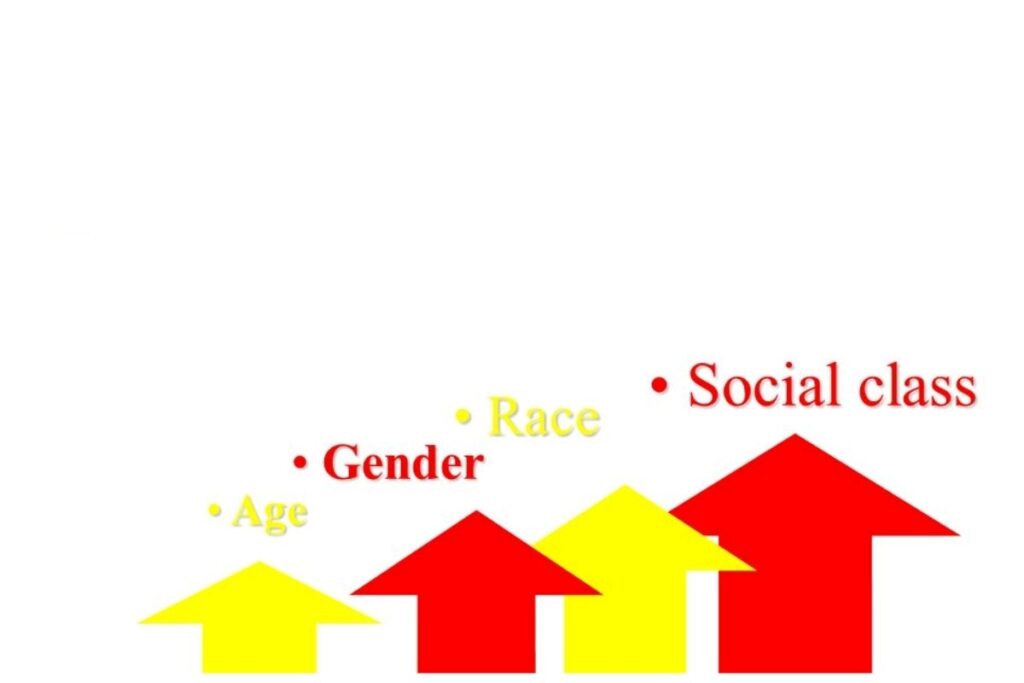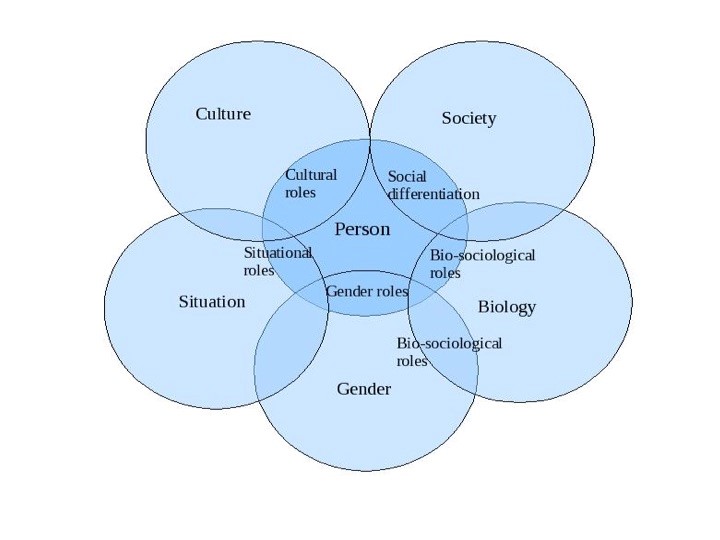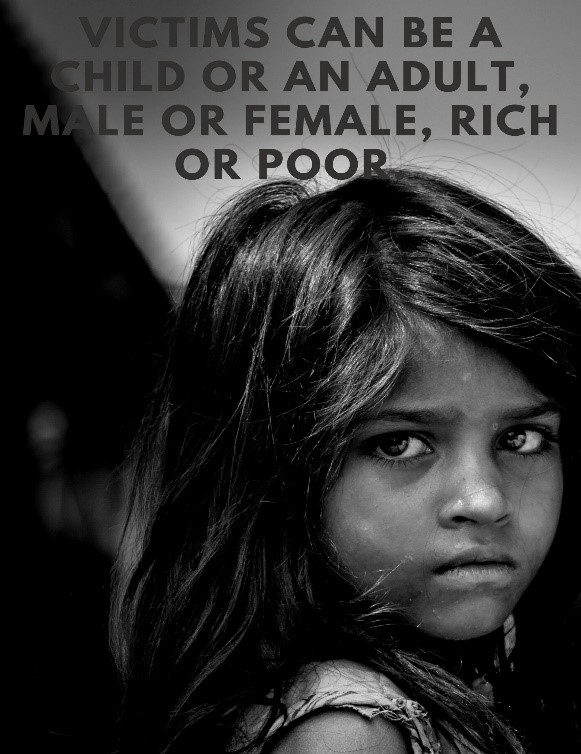Social Disorganization Theory- Explanations & Examples
Introduction
Social disorganization theory states that crime and delinquency result from the inability of neighborhood institutions to provide social control (Wilson & Kelling, 1982). This theory is based on the work of Louis Wirth. He argued in his book “Urbanism as a Way of Life” (1938) that high crime rates in American cities were rooted in the weakened position of neighborhood institutions (Wilson & Kelling, 1982).
Wirth proposed that the well-ordered nature of small towns was not reproduced in large cities, resulting in a lack of social controls on people’s behavior (Wilson & Kelling, 1982).
Some of the main contributors to this theory are:
Shaw and Mckay
In their study of the ethnic characteristics of neighborhoods in Chicago, Shaw and McKay argue that: crime rates are higher in neighborhoods with a higher proportion of lower-income residents and those with a higher concentration of ethnic minorities.
Shaw and McKay’s book “Delinquency Areas” (1942) suggests that Chicago neighborhoods were organized according to ethnic lines. Ghettos contain several characteristics that they argued led to delinquency and crime. These neighborhoods were characterized by a high concentration of people living in crowded conditions, low-income residents, and a high percentage of ethnic minorities.
Shaw and Henry associated neighborhoods and crime by arguing that these areas lacked proper facilities, were overcrowded and had inadequate finances. These communities were observed as having a “web of disorganization” that inhibited the development of social control.
They created maps to show the geographical distribution of crime and neighborhoods in Chicago to test their hypothesis. Their research showed that the highest rates of crime and delinquency were found in areas with social disorganization.
Their findings contributed to the theory of social disorganization by arguing that the concentration of socially disorganized areas contributed to urban crime (Mutton, 2015).
Edwin Sutherland
Sutherland’s book entitled “The Professional Thief” (1937) focused on the life of a professional thief. He analyzed and identified eight steps that professional thieves take.
- The first step is the “career choice”, in which an individual decides to devote their lives to theft.
- The second step is the “friends”, in which the individual acquires friends who are also thieves.
- The third step is the “step-up-to-bigger-jobs”, in which the individual decides to move on from petty crimes and start bigger.
- The fourth step is the “hustle for capital”, in which the individual decides to steal to get money.
- The fifth step is the “socially significant contacts”, which involves the individual making contacts with individuals of high status in the criminal underworld.
- The sixth step is the “get-out-of-trouble-free card”, in which the individual acquires ways to thwart law enforcement.
- The seventh step is the “inside helper”, which involves the individual making an accomplice.
- The eighth and final step is the “success or failure”, in which the individual decides to quit crime or not.
Based on this model, Sutherland concluded that the types of criminals who roam our streets are those committed to a career of crime (Mutton, 2015).
Park and Burgess
Park and Burgess contributed to the social disorganization theory by arguing that as communities grow in size and geographical coverage, the informal organization that is responsible for social control will weaken.
Within such a setting, informal norms lose their influence as the community grows larger and more anonymous. The formal organization also weakens so that there are fewer organizations to cope with social disorganization.
Park and Burgess noted that as communities grow larger, the proportion of deviant individuals increases even if they remain in the exact location. This happens because an increase in population results in a decrease in social control. As a result, crime and deviance are likely to increase as the community grows larger.
When communities grow in size, neighbors no longer interact directly with one another. As a result, they cannot monitor one another, and there is no one to ensure conformity to norms hence low community control.
The theory of social disorganization is criticized for failing to distinguish between what leads to crime and what leads to the symptoms of crime. A possible revision of social disorganization theory focuses on low control as a cause for deviance rather than on low control resulting from deviance.
However, even if this is the case, the theory fails to distinguish between what leads to minimal control and what leads to high crime rates. Hence, it cannot provide any causality or ability to predict crime (Mutton, 2015).
You may also be interested in Erving Goffman theory
Robert J. Sampson
Sampson’s argument for social disorganization theory is that a community’s high population turnover can lead to high crime rates. The existence of other disadvantaged individuals who lack areas in which to invest themselves is also a problem.
Studies revealed that the size of a group’s members has no impact on the level of crime in a given area. However, he did observe that a high population turnover is associated with increased levels of crime.
When a group’s membership is high, some more anonymous individuals can participate in criminal activities. Thus, high population turnover leads to increased crime rates.
According to Sampson, the structural characteristics of disadvantaged neighborhoods result from the lack of material and human capital. As a result, youth violence and delinquency are likely to happen
Ruth Cavan
Another theorist, Ruth Cavan, made her contribution to social disorganization theory. Cavan noted the low level of education and employment in an area leads to high levels of poverty.
Cavan has shown that law enforcement and courts in areas with many minority groups are more likely to impose severe penalties on offenders. As a result, the courts in these areas are likely to have higher rates of incarceration.
Thus, poverty leads to overpopulation due to people being unable to fulfil the primary function of work; hence, overcrowding—the lack of available space for people to invest their energy, results in juvenile delinquency and violence.
Cavan has shown that a large number of homeless people can also be attributed to overpopulation. This is because people who lack proper housing facilities may turn to homelessness.
According to her, poverty, residential instability, and family disruption are all factors that lead to high crime and delinquency rates.
Robert E. Lee Faris
According to Robert E. Faris, the lack of regular employment opportunities in a community is likely to increase crime rates. Faris noted that the increase of employment in inner cities leads to a slight decrease in crime levels in these areas.
Faris has presented evidence to support his theory that unemployment leads to more criminal acts. He argued that the lack of employment creates negative attitudes and feelings, making them more prone to criminal activities.
Nancy A. Gertner and David M. Levine
According to these theorists, the existence of job opportunities is the key to reducing delinquency rates. They argued that increasing employment opportunities in these areas could reduce levels of unemployment hence leading to lower levels of crime and delinquency.
However, Gertner and Levine have shown that a large number of non voters could also be responsible for high rates of criminal activities. This is because areas many voters are likely to have ineffective local governments.
You may also be interested in Thomas theorem
George Rengert, Jr. and David J. Stoddard
Rengert and Stoddard argued that high school dropouts in a community could be attributed to delinquency and crimes. Lack of education and training opportunities make it difficult for individuals in these areas to secure employment.
The absence of resources results in higher levels of unemployment, poverty and racial discrimination. This scarcity increases the risk of violent crimes in urban areas.
Derek Bok and Clarence Stone
According to Derek Bok and Clarence Stone, gangs in an area are likely to result in high crime rates. These theorists argued that some neighborhoods are more likely to have gangs than others.
The presence of gangs in a community creates an environment for delinquency and crimes. This is because the gang members may be likely to form gang rivalry with other gangs in the area.
Bursik and Grasmick
In a study conducted by Bursik and Grasmick, it was discovered that the existence of a large number of gangs in an area is likely to result in high delinquency rates. The two theorists noted that increased gang activities could result from the lack of recreational facilities in an area.
Because of residential instability, people lack community services where they can invest their free time. Thus, gangs fill in this gap and provide a way for people to socialize and free their energy. However, this leads to increased crime since gang members are likely to get involved in criminal activities such as violence, drugs and prostitution.
Bursik and Grasmick have also shown that high numbers of both public sector jobs are likely to lower criminal activities rates. This is because some people, who can get involved in crime, would rather participate in actual work instead of getting involved in illegal activities.
According to Bursik and Grasmick, the existence of all these factors helps to explain the relationship between social disorganization and crime. It is suggested that the level of crime can be reduced if these factors and other social disorganization variables (e.g. poor housing conditions) are eliminated.
You may also be interested in subculture theory
The Structural Characteristics of a Socially Disorganized Neighborhood
Below are some characteristics that are likely to be found in an area with high levels of social disorganization
- A high degree of residential instability-This is a characteristic found in areas with high numbers of apartment buildings. It happens because new residents move from one area to another with every change in season. The result is a high level of social disorganization.
- Many houses are in a poor state and lack essential services such as electricity and water.
- High level of social disorganization at the workplace. Some employers do not treat their employees somewhat, resulting in employee dissatisfaction and motivation.
- Rampant crime rates-A high level of uncertainty in an area could lead to frustration among people, resulting in criminal activities.
- A large number of unsupervised youth-Areas with many children and youth is likely to have a high level of juvenile delinquency and youth violence.
- Many unregistered marriages-Unstable marriages could make it hard for married people and children to establish a permanent home.
- High level of gang activities-Criminal gang are likely to provide a source of entertainment to members who live in neighborhoods with high levels of social disorganization.
- A fragile sense of community identity and social cohesion-People live a very solitary life and lack strong ties to their neighbors.
- Presence of many abandoned buildings and vacant lots.
- The decline in the quality of local schools-This is because teachers are likely to spend less time teaching students. The teachers recognize that their students have insufficient knowledge of the school curriculum.
- A weak local economy with high unemployment rates-People is likely to spend more time looking for employment, which reduces the amount of time they spend on illegal activities.
Characteristics of the Social Disorganization Theory


Some of the characteristics of the social disorganization theory are as follows:
- The Social disorganization theory looks at poverty, unemployment and economic inequalities as root causes of crime.
- It suggests that a high number of non-voters in an area can lead to high crime rates.
- According to the theory, juvenile delinquency is caused by the transient nature of people.
- It also considers the existence of a high number of gangs and high crime rates due to community disorganization.
You may also be interested in theories of crime
Social Disorganization Theory and Race
Based on the classical social disorganization theory, people expect disadvantaged areas to have higher crime rates. The theory focuses on the relationship between poverty and race.
Thus, people anticipate that poor and disadvantaged communities are likely to be occupied by many minority groups. However, this is not the case.
Data analysis showed that black communities have high crime rates compared to the affluent neighborhoods occupied by white people. As a result, researchers began to question whether the relationship between race and crime rates is significant.
According to the analysis of census data, less than 50% of poor people in New York are white, while the majority are blacks. Therefore, it is clear that race does not have any impact on crime rates in poor neighborhoods.
However, this argument will not be accepted by critics. The reason for this is that New York’s census data does not identify the race of criminals. Hence, it cannot confirm or deny whether racial differences exist in crime rates (Sampson & Raudenbush, 1999).
Economic Effects of the Social Disorganization Theory
The social disorganization theory is based on the premise that crime rates are high in disadvantaged neighborhoods because of poor economic bases.
Many people who oppose this theory suggest that some poor neighborhoods have low crime rates, and the reverse is true too. Therefore, they contend that poverty is not likely to be the primary causal factor of high crime rates in poor communities.
However, this argument is not very convincing since it does not consider some important social factors. For example, Sampson (1997) argues that poor neighborhoods do not have a solid capacity to create and sustain social organizations. The poor cannot operate institutions such as schools, businesses, and political organizations.
These economic differences create an uncertain environment where people cannot predict the factors that could lead to success or failure. As a result, most residents of such areas will likely be involved in illegal activities to overcome their economic disadvantages.
Examples of Social Disorganization
Examples of social disorganization in urban neighborhoods include the following:
- The existence of an area where a large number of people do not vote in elections.
- A neighborhood that has a high number of transient residents.
- The presence of a large number of gangs and juvenile delinquency within an area.
- A district that has a low rate of homeownership and is occupied by low-income families.
You may also want be interested in self-fulfilling prophecies
What are the Limitations of Social Disorganization Theory?
Social disorganization theory looks at high rates of crime due to low levels of social organization in poor, disadvantaged communities.
Following are some of the limitations of this theory:
- Many poor, disadvantaged neighborhoods have low crime rates, while wealthy neighborhoods show high delinquency rates.
- The exclusion of social norms such as religion and community values may contribute to social disorganization.
- Failure to consider the impact of other factors such as race, gender and age on crime rates in neighborhoods.
- Insensitivity to gang activities.
You may be interested in Realism in Art
What are Some Key Points of Social Disorganization Theory?
The following are the three most essential points that social disorganization theory is based on:
- There is a strong link between crime and poverty. Crime rates are higher in neighborhoods that lack social organizations such as churches, schools, and other community groups.
- Poor communities are characterized by an uncertain environment where people cannot predict whether they will succeed or fail.
- Although there is a strong link between poverty and crime, neighborhoods with low poverty rates also have high crime rates.
You may also want to check what criminology is about
Bottom Line
Although there is disagreement on some aspects of this theory, most experts agree that the presence of poverty, homelessness, and unemployment is likely to lead to higher rates of crime. These facts have been proven through several research studies carried out over the years.
Thank you for reaching this far. Our top sociology tutors for hire are waiting to ace your sociology assignment. All you need to do is click the green button below!







